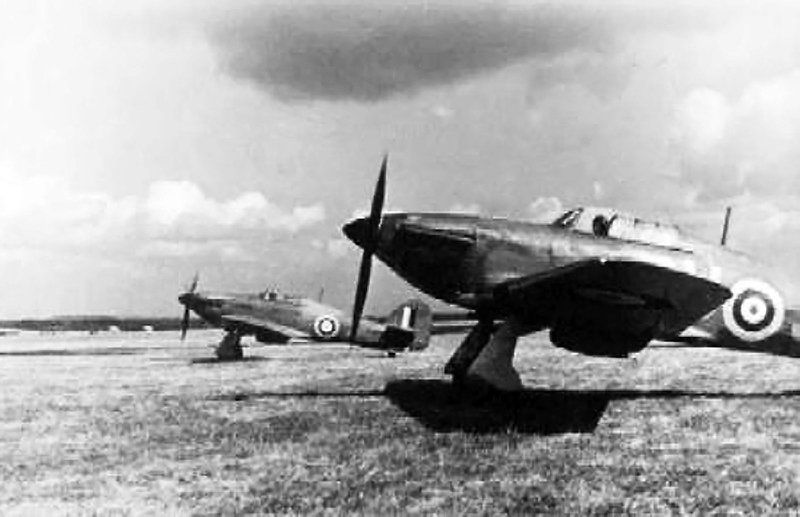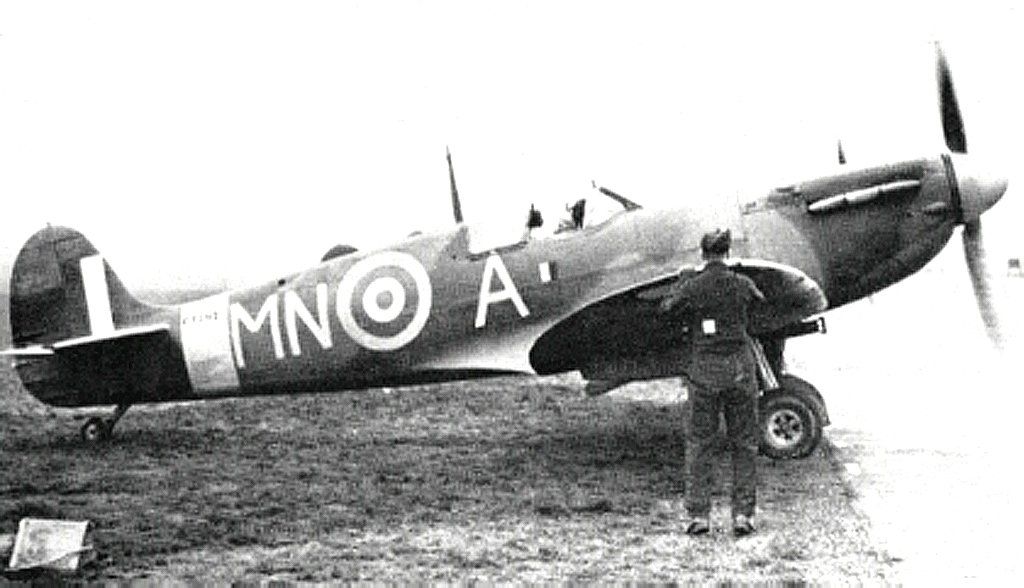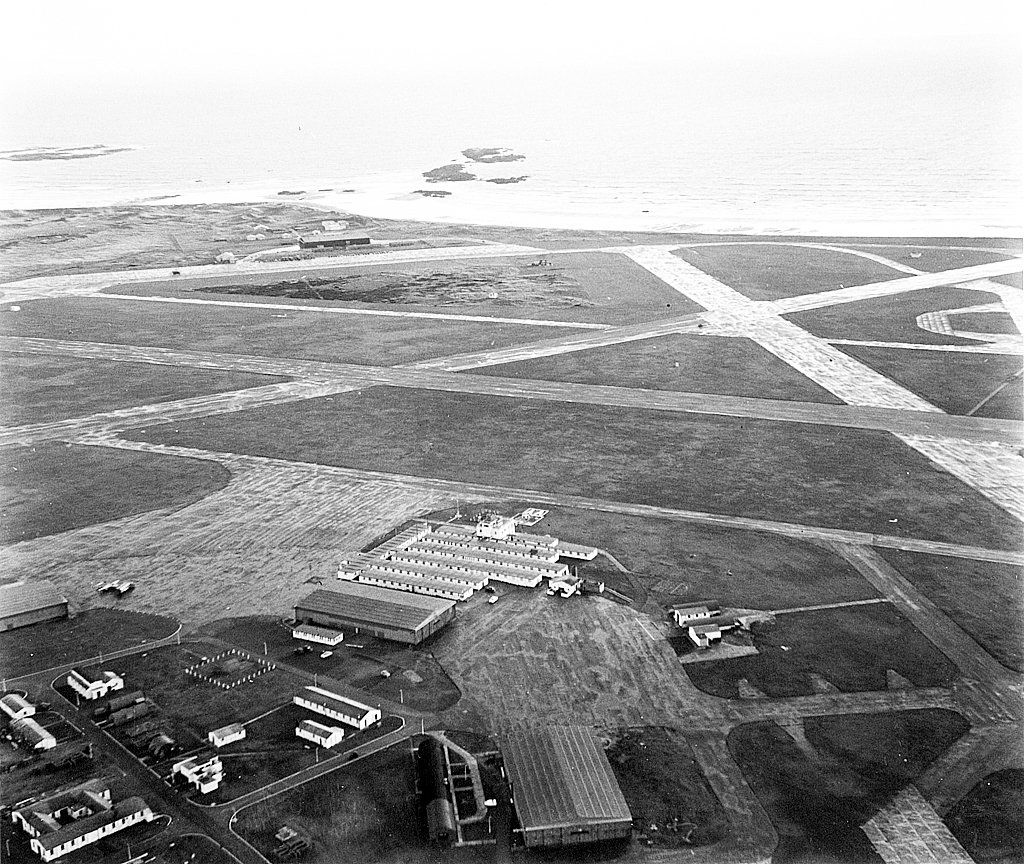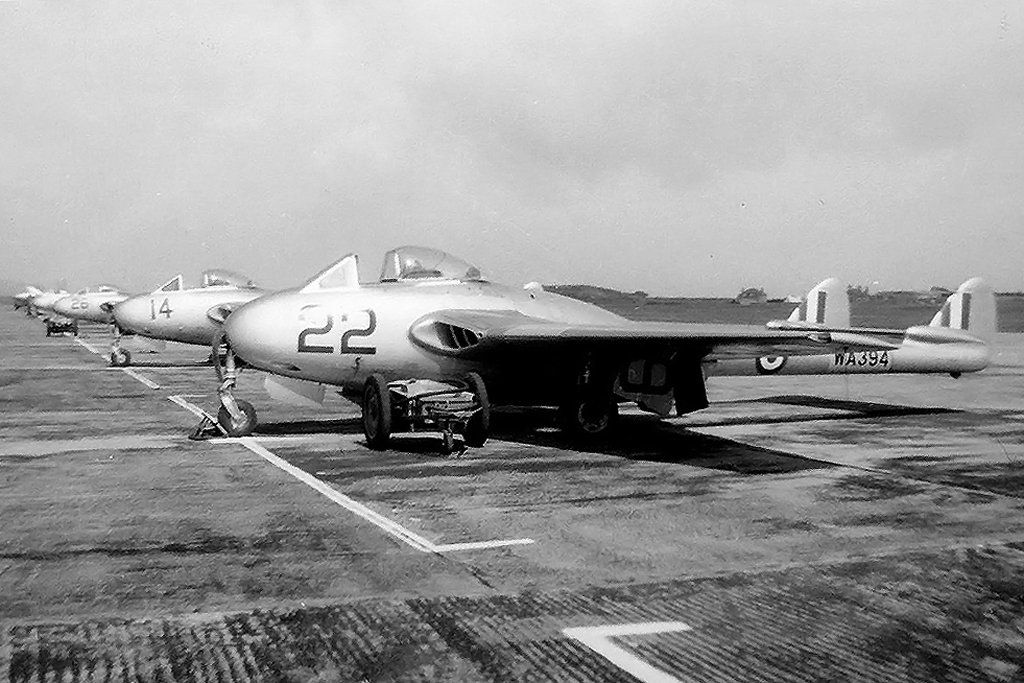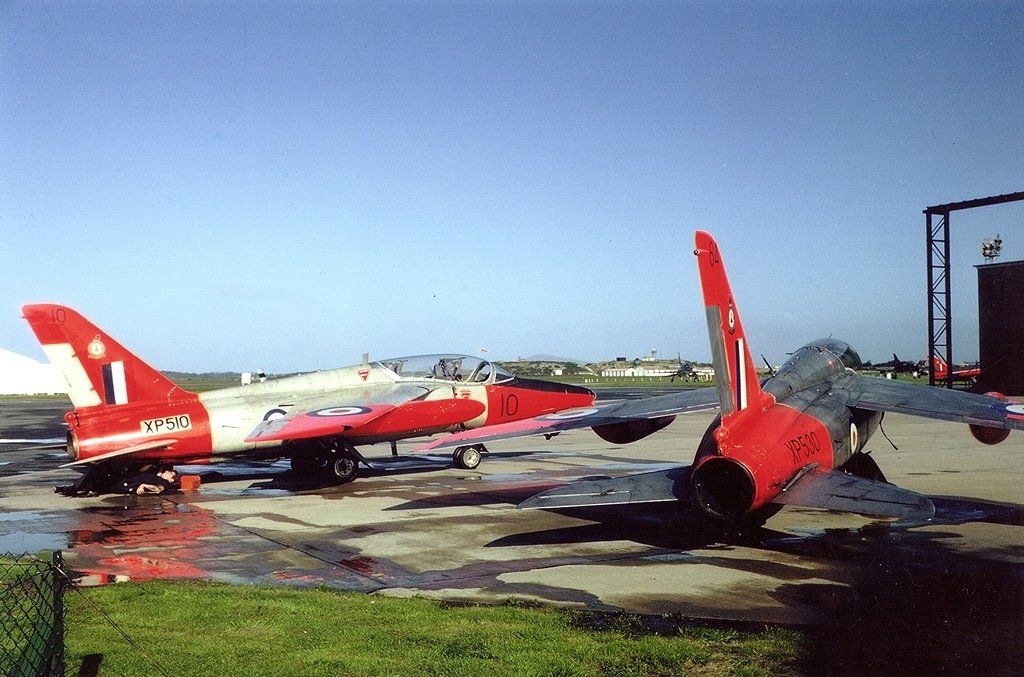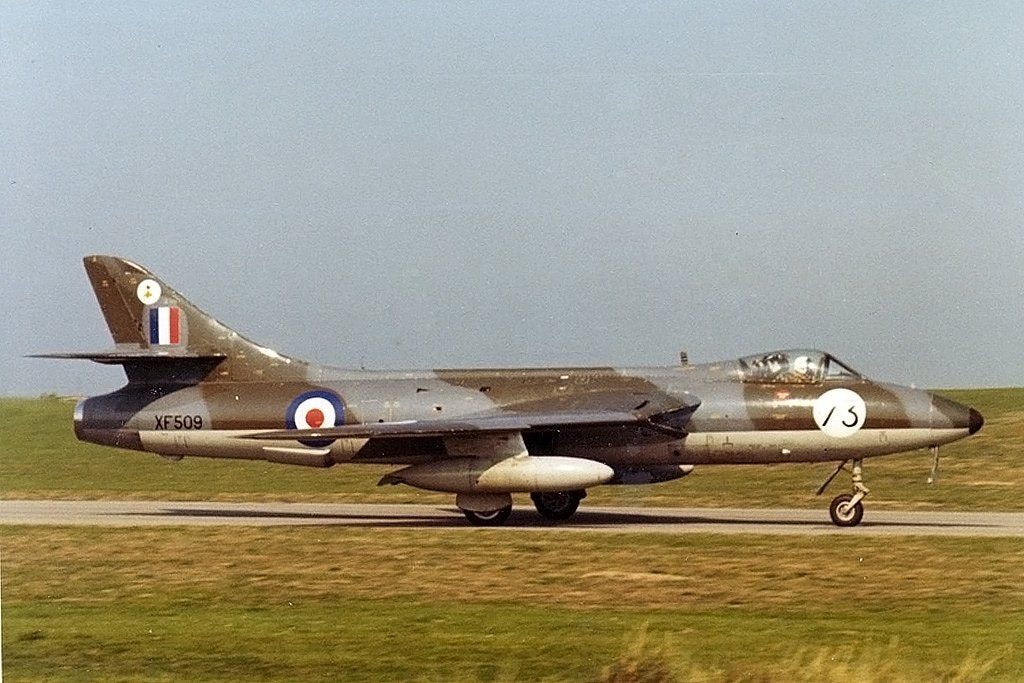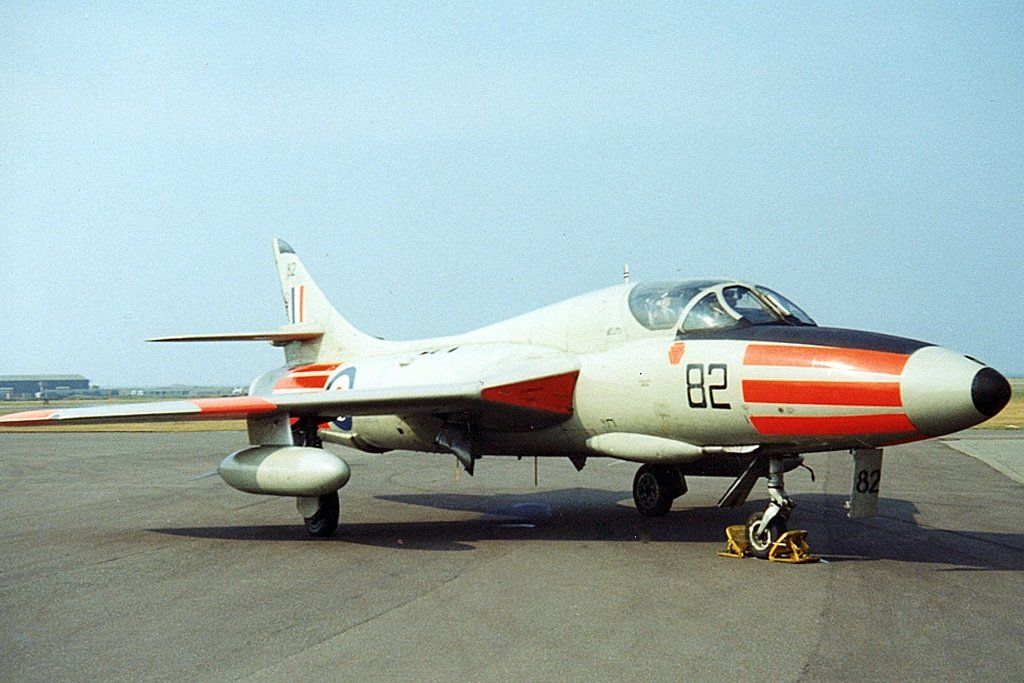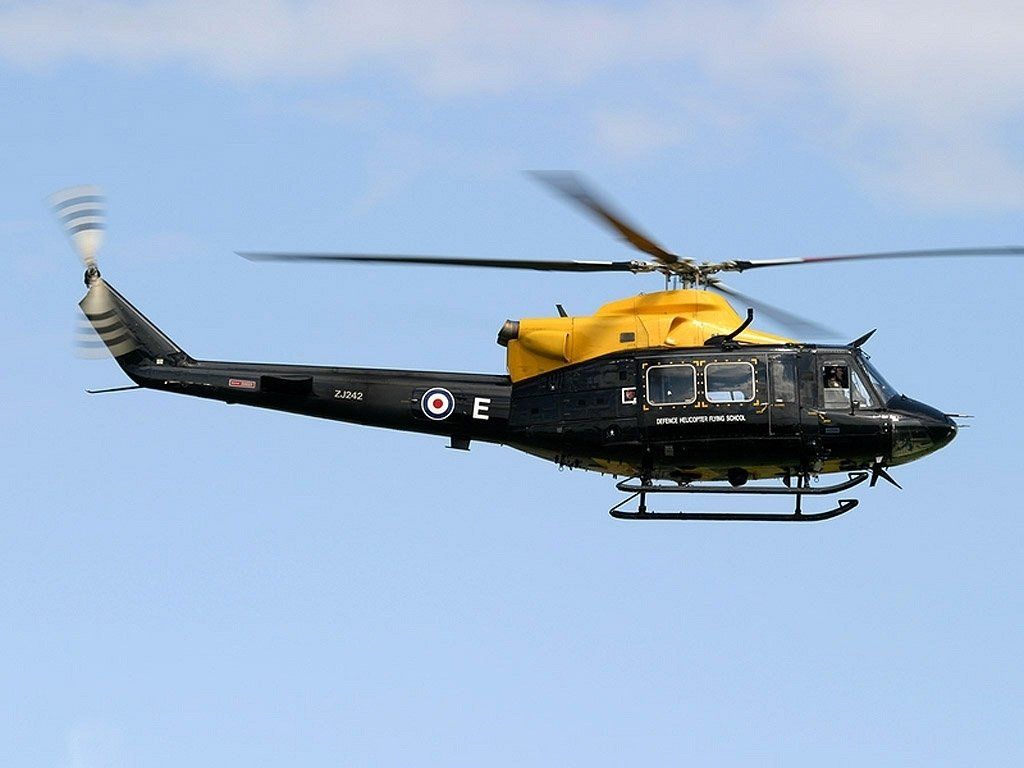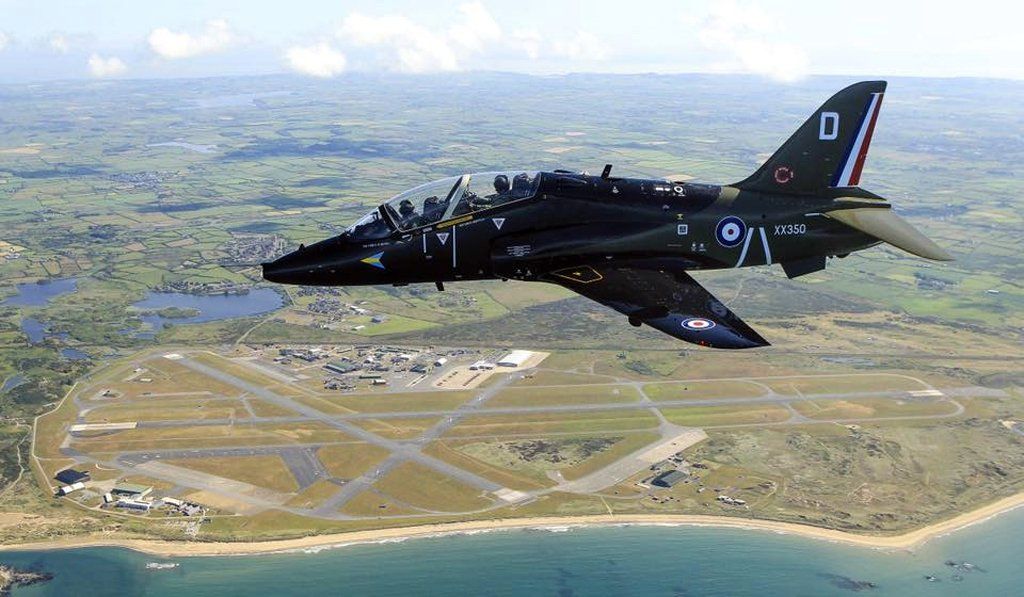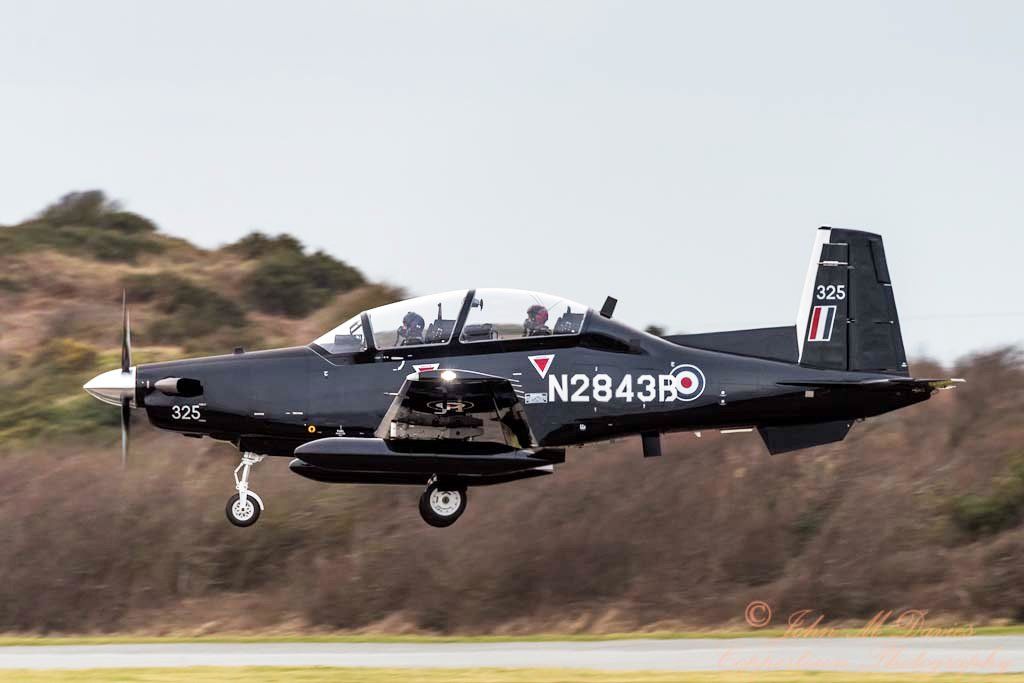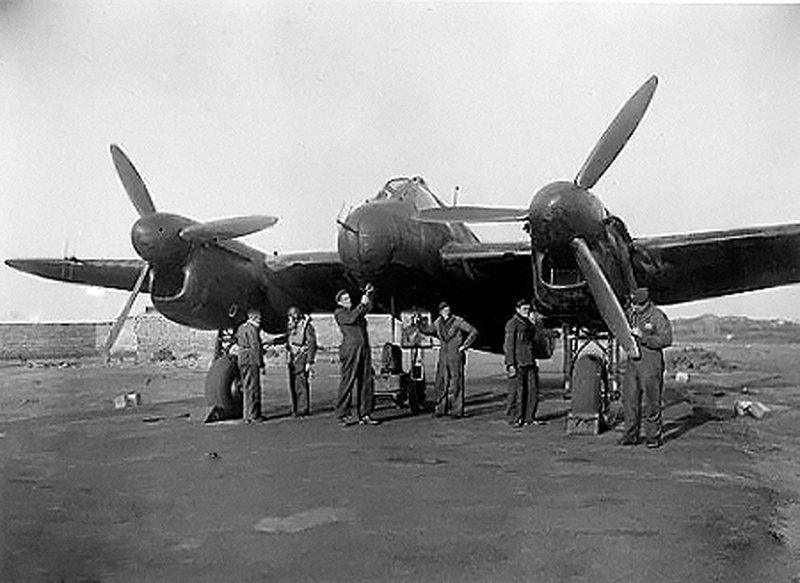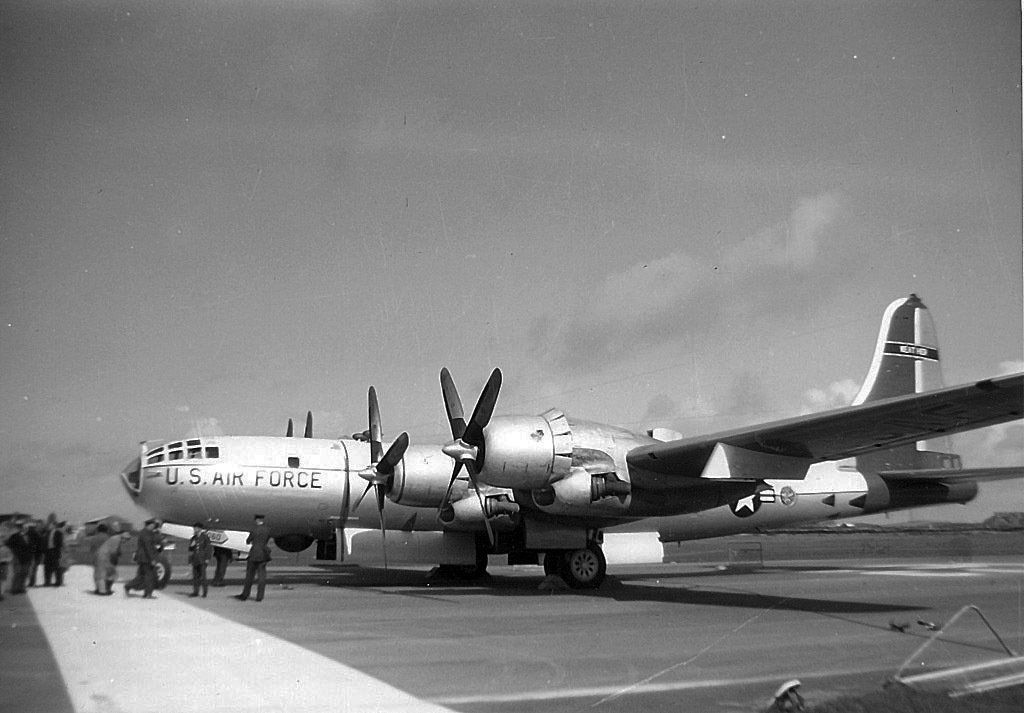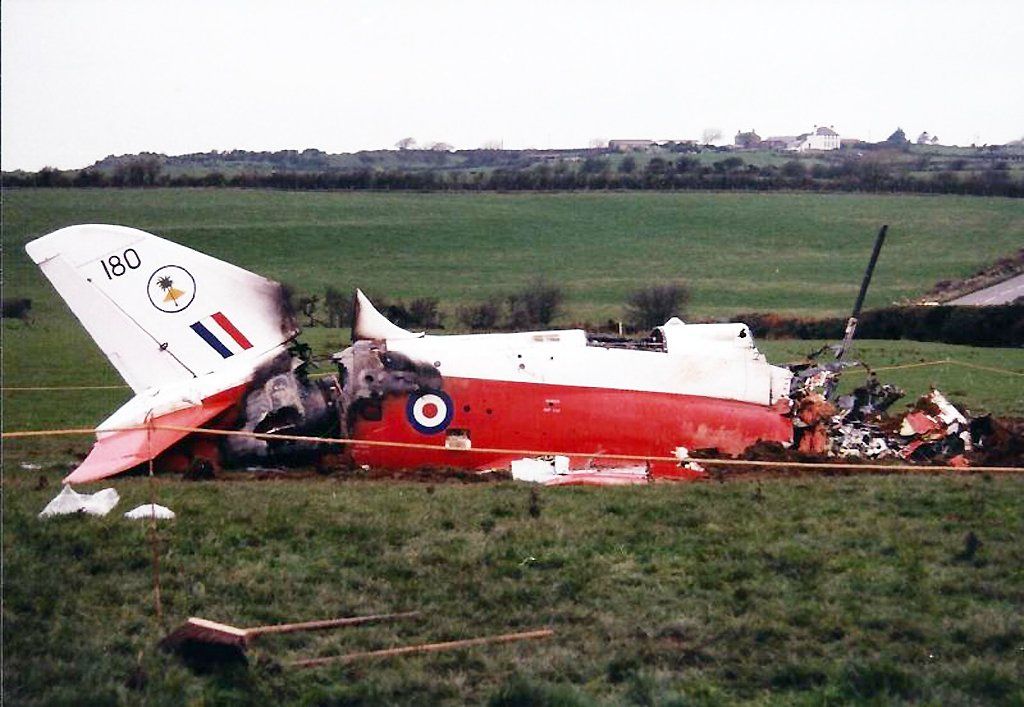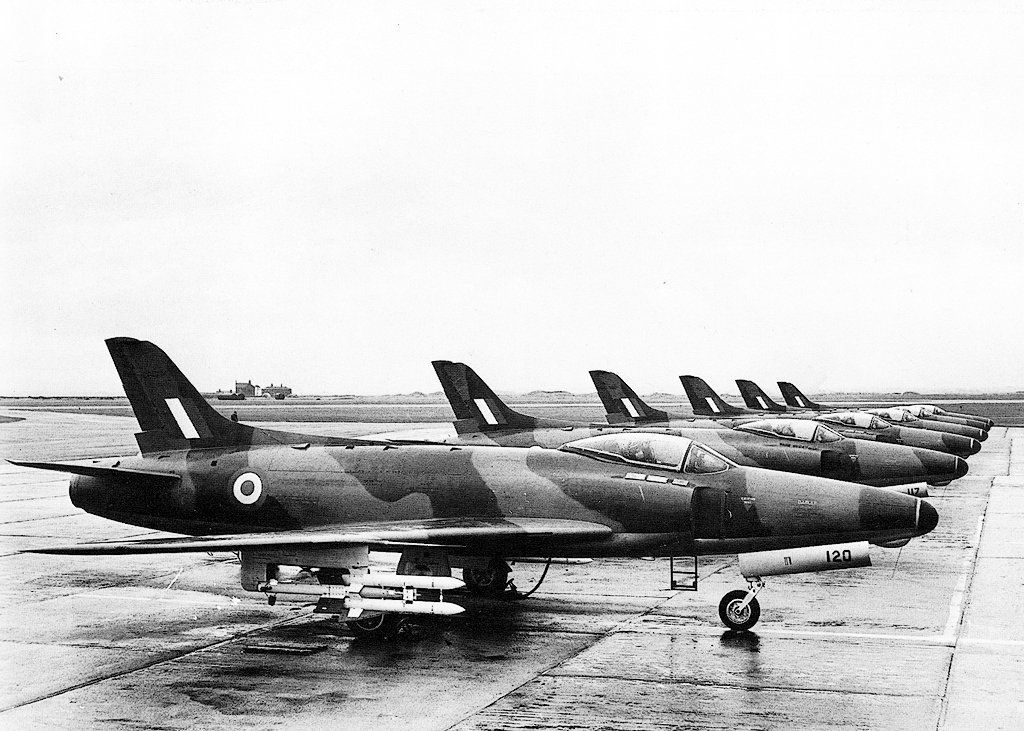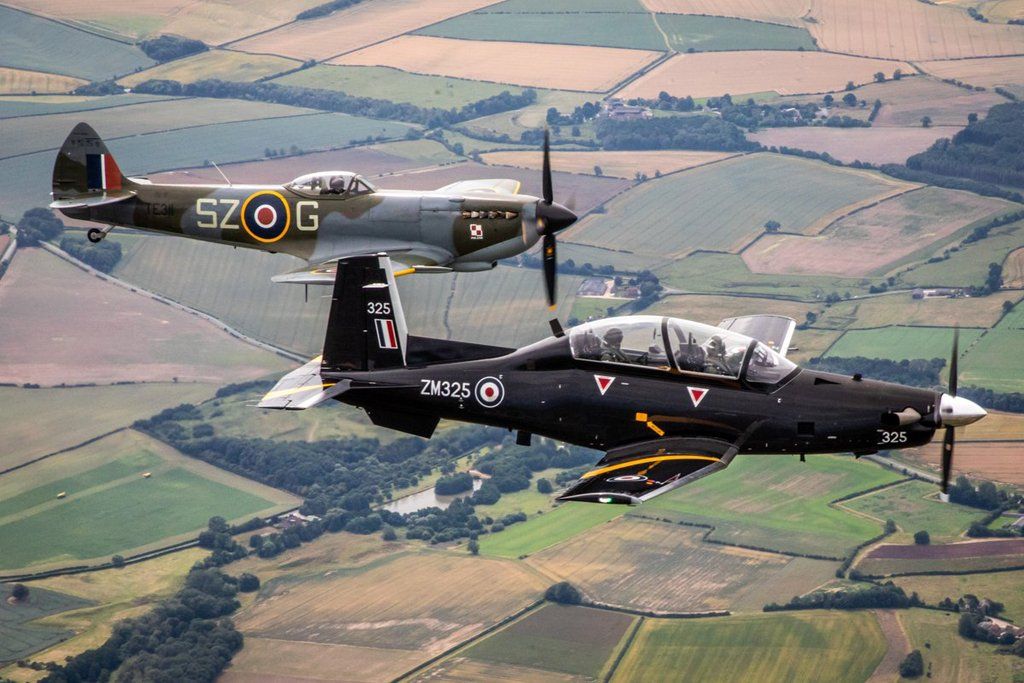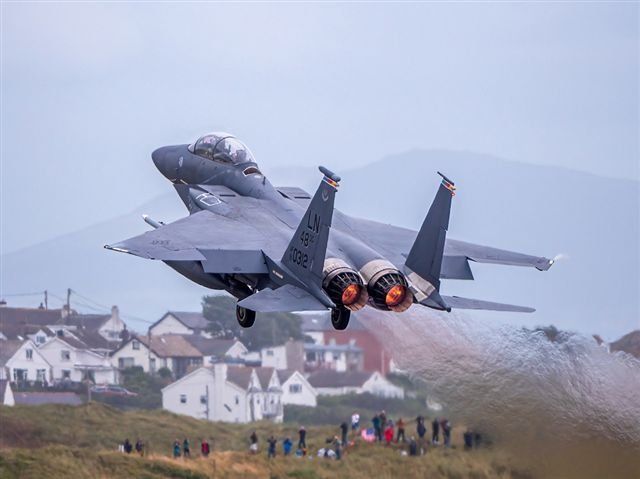RAF VALLEY CELEBRATES ITS EIGHTIETH ANNIVERSARY
RAF VALLEY CELEBRATES ITS EIGHTIETH ANNIVERSARY
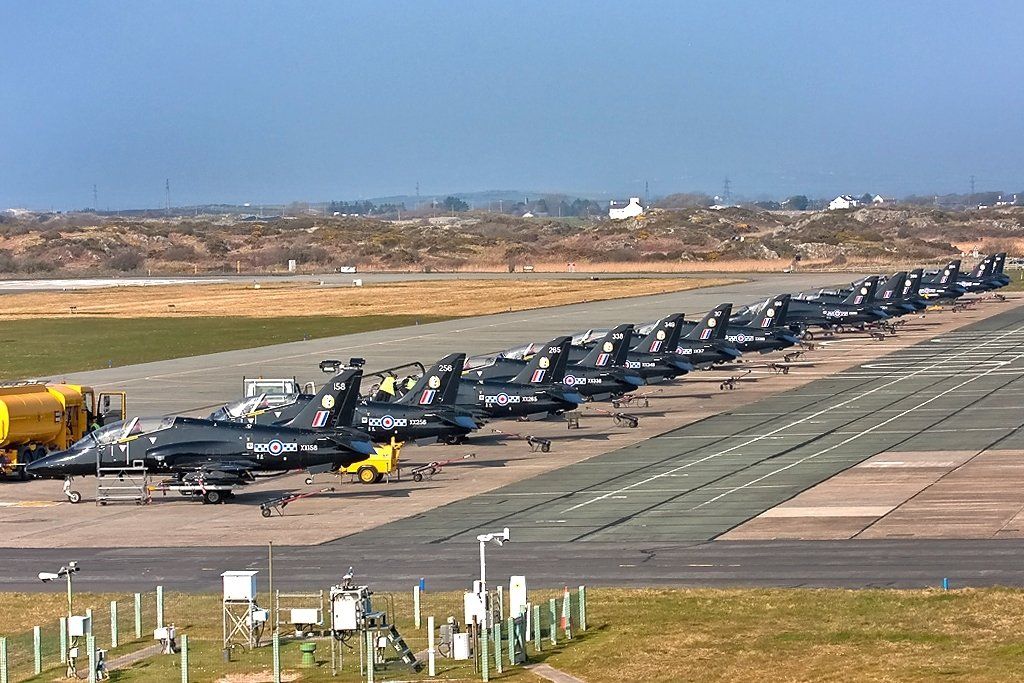
With the Battle of Britain having been fought and won; the threat of invasion had receded. However, having developed air bases on the Cherbourg Peninsula and Brittany, the Luftwaffe was then to commence intense bombing operations against the U.K.
Conveniently, this allowed attacks on primary targets in northwest England and Belfast; with the bombers able to route up the Irish Sea, thus avoiding the heavy anti-aircraft defences of southern England and the Midlands. In addition, it also permitted reconnaissance missions to operate in monitoring the movements of the crucial convoys heading for Liverpool.
To counter these enemy operations, the Air Ministry decided to locate fighter stations in northwest Wales. As a result, No 9 Group Fighter Command eventually located a site on the Isle of Anglesey, together with LLanbedr, near Harlech on the Welsh west coast.
Due to the urgency, despite of the fact that the majority of its infrastructure was yet to be completed; RAF Rhosneigr was officially opened on 1 February, 1941, before the name was eventually changed to RAF Valley on 5 April.
From being a fighter base to becoming a transatlantic hub during World War II; the station’s operations has continued to this day. RAF Valley was to witness the phenomenal progress in aviation technology throughout the Cold War, such as the development and testing of air to air guided weapons, followed by training fighter pilots to be familiar with them. It was also a most important Master Diversion Airfield and location for air sea and mountain rescue services.
However, the principle task for the last 70 years has been dedicated to fast jet and rotary training for the Royal Air Force and Royal Navy, in addition to a host of other allied air forces.
Today, under the overall control of No 4 Flying Training School; RAF Valley hosts No 4 Squadron and No 25 Squadron equipped with Hawk T Mk IIs, No 72 Squadron with Texan T Mk 1s, together with No 202 Squadron operating the Jupiter HT Mk 1 Helicopter.
PAST ANNIVERSARIES

